Located in central Japan by Lake Biwa is the beautiful and historic city of Kyoto. As the cultural capital of Japan, visitors to Kyoto will be greeted with many Buddhist temples, ancient palaces, stunning gardens, and holy Shinto Shrines.
Originally known as Heian-kyō, the ancient city of Kyoto was founded in 784 CE, and by 793 CE, was the Imperial seat of Japan. Although this was the historic founding of the city, archeological evidence indicates human inhabitation in this region from at least the Paleolithic era. During the Ōnin War of 1467–1477, the city faced much destruction and damage. Luckily, by the mid-1500s, the city had returned to its former glory. During the Edo period, Kyoto was one of the most important cities in all of Japan and was an important cultural center.
Before the Meiji Restoration in the late 19th century, Kyoto was the historic home of the many emperors from ancient times to the Meiji era. After the location of the emperor was moved to Tokyo, great efforts were put into place to preserve the beautiful and historic sites of this city.
Today, visitors can enjoy learning about traditional Japanese history and see historic buildings, holy temples, and magnificent gardens.
Top Things To Do In Kyoto, Japan
Kyoto, Japan, during the daytime
Kyoto is the place to go for visitors who want to learn more about the culture of Japan, from ancient to modern times. Visitors here will be able to see historic castles and palaces, tranquil gardens, and historic sites while participating in unique cultural activities. Find out what awaits in Kyoto in this ultimate travel guide!
17 Explore The Nijo Castle
Nijo Castle, Kyoto, Japan, at Sunset
Visitors to Kyoto who are interested in history will have a blast exploring the Nijo Castle. Built in 1679, this castle was a place for the Imperial court to live during the Tokugawa Shogunate during the Edo Period.
Since it stopped being in use when the imperial center of Japan was moved to Tokyo, it has been a cultural center and is even a UNESCO World Heritage Site.
Visitors here will be able to see not only the beautiful palace but also the many spectacular gardens. Some of these gardens include cherry tree groves, plum tree groves, ponds, and a tea house.
-
Hours:
Daily 8:45am-4pm -
Address:
541 Nijo-jo-cho, Horikawa-nishi-iru, Nijo-jo-dori, Nakagyo-ku, Kyoto City 604-8301 -
Admission:
Adults ¥1300, High school students ¥400, primary school students ¥300 -
What to do here:
See an Imperial villa, explore the many beautiful gardens, see a UNESCO World Heritage Site, learn about Japanese history during the Edo Period
16 Soak In The Beauty Of Ginkaku-Ji
Ginkaku-Ji Temple, Kyoto, Japan
One of the most peaceful places to go to in Kyoto, Japan, is Ginkaku-Ji. Built in the 1460s by Ashikaga Yoshimasa, this Zen temple was originally a retirement villa and was only converted into a temple later.
Yoshimasa had originally intended for the structure to be decorated with silver foil; however, this was never realized, and today stands as a testament to “wabi-sabi,” the Japanese aesthetic of finding beauty in imperfection. To this day, the site features beautiful gardens that visitors can relax in and enjoy.
-
Hours:
Sunday-Saturday
8:30am-5pm -
Address:
2 Ginkakujicho, Sakyo Ward, Kyoto, 606-8402, Japan -
Admission:
¥500 per person -
What to do here:
Enjoy the spectacular gardens, learn about Ashikaga Yoshimasa, learn about 15th-century Japan, experience Zen Buddhism at the temple
15 Step Back In Time At The Kyoto Imperial Palace
Peaceful Bridge at the Imperial Palace in Kyoto
The former seat of the emperor of Japan, this ancient palace was built in 1855. Visitors who are aware of their history will know that this is a rather late construction date for this structure, as the Imperial family only lived in Kyoto until 1868.
The original building was destroyed and rebuilt eight times from the 12th century until the 19th. Visitors will be able to explore the expansive palace, as well as see the spectacular front gates.
-
Hours:
Open Tuesday-Sunday April-August 9am-5pm, September and March 9am-4:30pm, October-February 9am-4pm, closed Mondays -
Address:
3 Kyotogyoen, Kamigyo Ward, Kyoto, 602-0881, Japan -
Admission:
Free -
What to do here:
See beautiful 19th-century architecture, learn about the history of Japan’s Imperial family, see the sprawling palace, see the front gates
14 Experience The Beauty Of Nature At The Arashiyama Bamboo Grove
Arashiyama Bamboo Grove near Kyoto, Japan
For a truly magical afternoon, visitors to Kyoto should take a walk through the Arashiyama Bamboo Grove. As one of the top things to see in Kyoto, this bamboo grove is the perfect place to get acquainted with Japan’s natural plant life.
Located just outside of Kyoto, this small town is the perfect place to see the natural beauty of Japan. Visitors will fall in love with the way that the sunlight filters through the bright green bamboo stalks and will feel absolutely relaxed listening to the breeze rustling the leaves.
For travelers without a car, the train station is only a ten-minute walk away!
-
Hours:
Daily, 24 hours -
Address:
Arashiyama, Ukyo-ku -
Admission:
Free -
What to do here:
See Japan’s natural beauty, relax in nature, go for a walk
13 See A Kabuki Theater Performance At The Minamiza Theatre
Minamiza Theatre in Kyoto, Japan
When traveling to Japan, one of the most rewarding and life-changing experiences is seeing a Kabuki performance. The perfect place to do just that is at the Minamiza Theatre. Although the modern building was built in 1929, the actual theater company itself was actually founded in 1610.
In the Edo Period of the 17th century, this was one of seven officially licensed Kabuki theaters. Today, visitors can sit back, relax, and enjoy a performance of this historic art form.
-
Hours:
varies, visitors should check online for performances ahead of time -
Address:
Japan, 〒605-0075 Kyoto, Higashiyama Ward, Nakanocho, 198 四条大橋東詰 -
Admission:
Varies based on performance, typically between ¥1,800-12,000 -
Language:
Japanese -
What to do here:
Admire the beautiful theater built in 1929, see a performance from a theater group that has existed since the 17th century, participate in a historic Japanese art form
12 Relax At Fufu No Yu Onsen
Traditional Japanese house and garden at Kyoto, in Japan
After spending a long day walking around the Arashiyama Bamboo grove, visitors will likely be tired and looking for a place to relax. The best place to do that is Fufu No Yu Onsen. For visitors unfamiliar with Onsen (a Japanese public bath), it can be a strange experience; in the baths, no clothes or bathing suits are permitted.
However, it is also one of the most relaxing and freeing experiences travelers can have and is a great way to connect with the local culture. With a peaceful and natural ambiance, visitors to these hot springs will reemerge into the world feeling relaxed and rejuvenated.
-
Hours:
Daily, 12pm-9:30pm -
Address:
1 Arashiyama Kamikawaracho, Nishikyo Ward, Kyoto, 616-0001, Japan -
Admission:
Weekdays: Adults ¥1,000, children ¥600, Holidays: Adults ¥1200, children ¥600 -
What to do here:
bathe in the hot water pools of the Onsen, participate in a cultural activity, enjoy the beautiful ambiance while soaking
Visitors who have tattoos are recommended to cover them with bandages or special tattoo covers or to book a private Onsen experience instead of going to a public bath. This is because, in Japanese culture, tattoos are associated with criminal behavior.
11 Have An Experience Like No Other By Participating In A Japanese Tea Ceremony
A woman in Kyoto prepares for a Traditional Tea Ceremony
Visitors who travel to Japan often find that participating in a Japanese tea ceremony is one of the most culturally connecting things to do. Created between the 1300s-1500s, this historic tea ceremony is sacred because of the shared experience of preparing and drinking matcha (green tea) with a friend or a family member.
To experience a Japanese tea ceremony will not only open the minds of travelers but will open their hearts, as well, to this magnificent culture.
For both of these events, tickets should be purchased well ahead of time!
Camellia Flower Teahouse
-
Hours:
Varies based on appointment and availability -
Address:
349-12 Masuyachō, Higashiyama Ward, Kyoto, 605-0826, Japan -
Admission:
$25.45 -
Duration:
45 min -
Language:
English, Japanese -
What to do here:
participate in a Japanese tea ceremony, drink matcha, sit in a beautiful traditional-style room
Kyoto Maikoya
-
Hours:
Varies based on appointment and availability -
Address:
Ebiyachō, Nakagyo Ward, Kyoto, 604-8076 -
Admission:
$65.54 per adult -
Duration:
1h 30m -
Language:
English -
What to do here:
participate in a tea ceremony, drink matcha -
Unique features:
this particular experience is unique because visitors get to wear a traditional Japanese kimono during the ceremony
10 The Fushimi Inari Shrine: Hike Through Spectacular Red Tori Gates
Tori Gates at Fushimi Inari, Kyoto, Japan
Built to honor Inari, the Shinto god of rice, this series of Tori Gates is one of the most important Shinto shrines in all of Kyoto. Famous for the many red tori gates here, this area is a place of spectacular spirituality and beauty, and is one of the top ten things to do in Kyoto.
One of the best things to do here is to walk through the forest of Mount Inari and see the many fox statues that this area is known for. Although this area has ancient roots—it was used as a sacred site prior to 794 CE—the famous main gate was created in 1589.
Visitors walking along the trails will be stunned by the beauty of walking under rows and rows of red Tori Gates that contrast against the green of the mountain forest.
-
Hours:
24 hours -
Address:
68 Fukakusa Yabunouchicho, Fushimi Ward, Kyoto, 612-0882, Japan -
Admission:
free -
What to do here:
take a hike through a mountain forest, see brilliant red Tori Gates, learn about Shinto history
9 Walk Around Historic Streets Near The Yasaka Pagoda
Street in front of Yasaka Pagoda with two geisha
The Yasaka Pagoda, one of Kyoto’s top landmarks, is located right near Gion, the famous geisha district of Kyoto. Walking down traditional Japanese roads lined with 19th-century buildings will have visitors enthralled.
There are also plenty of shops, restaurants, and tea houses for travelers to explore. Visitors can walk down the willow-lined Shirakawa Canal for more iconic Kyoto scenery.
-
Hours:
Any -
Address:
Gion, 祇園 Higashiyama Ward, Kyoto Japan -
Admission:
Free -
What to do here:
See the Yasaka Pagoda, walk around the beautiful 19th century streets, explore the many shops, restaurants, and tea houses of this area
This area is still populated with many geisha and maiko (apprentice geisha). Visitors should be respectful when encountering them, and not hound them for photographs. This has become a problem in this area in recent decades.
8 See Historic Art At The Kyoto National Museum
Garden at the Kyoto National Museum, Japan
For visitors traveling to Japan in the summer, an excellent place to cool off is at the Kyoto National Museum. Here, visitors will be able to see art from pre-modern Japan.
Visitors will be able to see rare artifacts, like sculptures, paintings, calligraphy, pottery, fabrics, and other archeological objects. The museum has 6,000 works on display, so visitors will have plenty to see here!
-
Hours:
Tuesday-Sunday 9:30am-5pm, closed Monday -
Address:
527 Chaya-cho, Higashiyama-ku, Kyoto, Japan 605-0931 -
Admission:
Adult ¥1800, University student ¥1200, High school student ¥700, Children 15 and younger are free -
What to do here:
learn about pre-modern Japan, see fine art and archaeological artifacts
7 See Wild Snow Monkeys At Iwatayama Monkey Park
Snow monkeys cuddling and enjoying life together in Japan
One of Japan’s iconic animals is the snow monkey. While most people have only ever seen these magnificent creatures in photographs or at a zoo, tourists to Kyoto will have the opportunity to see them close up in the Iwatayama Monkey Park.
Like the Arashiyama Bamboo Grove, this park is located in the small town of Arashiyama. Visitors here will be able to interact with the monkeys, and though they are advised not to stare or touch them, they are allowed to feed them.
-
Hours:
15 March-30 September 9am-4:30, 14 October-14 March 9am-4pm -
Address:
61 Arashiyama Nakaoshitachō, Nishikyō-ku, Kyōto-shi, Kyōto-fu 616-0004, Japan -
Admission:
¥600 per person -
What to do here:
See wild snow monkeys, enjoy Japan’s natural wildlife
6 The Best Times To Go To Kyoto
Maple trees turning red at a park in Kyoto, Japan, with a stalk of bamboo nearby
Located in a humid subtropical climate, Kyoto experiences hot summers and chilly winters. While winters can get snow, they only occasionally do. Visitors here should know that one of the biggest seasonal changes in this area is the rainy season, which starts in June and lasts until July.
This area also gets typhoons during the summertime because of its proximity to the Pacific Ocean.
The best months to go to Kyoto are in March, April, and October.
Visitors should try to visit Kyoto during Sakura (cherry blossom) season. The streets of Kyoto will be awash in pink and white with many blossoms. Visitors should try to see the Cherry Blossom Festival, which may occur anywhere from the end of March to the middle of April.
Planning a trip around this event can be quite tricky, but travelers should know that either way, a visit to Kyoto is absolutely worth it.
-
Month:
March and April -
Temperatures:
50s and 60s
Visitors in October will get the opposite experience to those who visit in March and April. Visitors here will be able to also see a unique natural phenomenon, but in the opposite way—instead of the trees getting ready for the beautiful summer, they are preparing for the chilly winter.
Seeing the many gardens and temples of Kyoto awash in the reds and oranges of autumn is a truly magical experience that will leave an impression on visitors for years to come.
-
Month:
October -
Temperatures:
60s
5 The Best Ways To Get Around Kyoto
A more modern area of Kyoto illuminated with advertisements, Japan
The best ways to get around Kyoto, Japan, are walking, taking the bus, and taking the train. Visitors to Japan probably are already familiar with the country’s excellent train system, which is considered by many to be one of the best in the world.
Visitors to Japan will have a fun and simple time navigating the train, and will be experts in no time!
- Metro fares depend on the distance traveled. 0-3 km traveled usually is ¥220, while over 15 km is around ¥360.
Kyoto is also a walkable city! Visitors here will thoroughly enjoy walking around the city and seeing all of these historic buildings. Visitors should particularly try to walk through the Gion District, which was built in the 19th century.
4 Where To Eat In Kyoto
Beautiful garden with bridge and pond surrounded by pines, Kyoto, Japan
Kyoto has many charming eateries for all meals of the day, and spots for sampling sake in the evenings.
Breakfast: Kawama Café
For a breakfast sandwich, a smoothie, or a breakfast cookie, a great place to go for breakfast in Kyoto is the Kawama Café. Visitors here will be able to enjoy cute ambiance and delicious food!
-
Price:
$$ -
Address:
141-2 Toichicho, Shimogyo Ward, Kyoto, 600-8111, Japan -
Hours:
8am-6pm
Lunch: Kamehameha
For a delicious teppanyaki lunch, visitors should try Kamehameha. Here, visitors will be able to try classic dishes, like edamame, tofu, steak, and seafood.
-
Price:
$$ -
Address:
274-12 Enpukujimaecho, Nakagyo Ward, Kyoto, 604-8045, Japan -
Hours:
Monday-Wednesday 4pm-10pm, Friday-Saturday 4pm-10pm, Sunday 5pm-10pm, Thursdays closed
Dinner: Isami Sushi
When traveling to Japan, visitors have to try a plate of sushi! Isami Sushi is the perfect place for visitors to go, with every classic kind of sushi available and beautiful ambiance.
-
Price:
$$ -
Address:
Japan, 〒604-8187 Kyoto, Nakagyo Ward -
Hours:
Friday-Wednesday 11am-2:30pm, 5pm-8:30pm, closed Thursdays
Drinks: Matsui Sake Brewery
For drinks in Kyoto, a great place to do is the Matsui Sake Brewery. Visitors here will be able to try authentic Japanese sake in a variety of different types.
-
Price:
$$$ -
Address:
1 Chome-6 Yoshidakawaracho, Sakyo Ward, Kyoto, 606-8305, Japan -
Hours:
Monday-Saturday 9am-6pm, closed Sundays
3 Where To Stay In Kyoto
Kyoto has many accommodation options, ranging from budget stays to luxurious getaways.
Budget Locations
-
Address:
location provided after booking -
Price:
$66 per night -
Amenities:
traditional Japanese ambiance, laundry facilities, near the train station, hot tub
Mid-Tier Price Locations
Mitsui Garden Hotel Kyoto Shinmachi Bettei
Luxury Hotels
The Hotel Seiryu Kyoto Kiyomizu
2 Tips To Know When Visiting Kyoto
Imperial Palace at Kyoto, Japan
Kyoto is the location of Kyoto University, which was founded in 1897. This is actually one of the oldest universities in all of Japan!
As always, visitors should brush up on their Japanese phrases before going. The long flight is a great opportunity for travelers to learn some key phrases! It is possible to navigate the city as an English speaker, and most locals are very accommodating and helpful to tourists, but it is polite and useful to learn some Japanese.
1 How To Spend The Perfect Day In Kyoto
Beautiful golden paper lanterns at night in Kyoto, Japan
The perfect day in Kyoto begins by waking up in a beautiful hotel room with tatami mats and sliding rice paper doors. After grabbing a tea or a smoothie at a café, visitors should begin their day by walking through the picturesque streets of Kyoto.
The perfect morning in Kyoto will be spent at one of the area’s gorgeous shrines and gardens. A great place to go would be Ginkaku-Ji, where visitors can see beautiful gardens and a Zen Buddhist temple. Visitors will truly feel at peace when they visit here!
For lunch, travelers can try some authentic Japanese cuisine at a restaurant in the Gion District. On the way, visitors should stop and look at all the beautiful 19th-century buildings that line the streets and the willow trees along the Shirakawa Canal.
The best way to spend the afternoon in Kyoto is by participating in a traditional tea ceremony at Kyoto Maikoya. Here, visitors will not only learn how matcha is traditionally prepared but will be able to dress in authentic historic Japanese clothing while doing so. Drinking the beautifully bitter matcha prepared right in front of one’s own eyes is an experience that visitors will never forget.
Afterward, visitors should have a sumptuous sushi dinner to truly experience the gastronomic culture of Japan. To finish the evening, visitors should see a Kabuki Theater performance at Minamiza Theatre, and maybe stop for some sake on the way home.
Visitors to Kyoto will always leave with the spirit of Japan in their hearts, ready to return for another vacation!
FAQ
Q: What is Kyoto famous for?
Kyoto is famous for so many things, but chiefly it is famous for its long history as Japan’s cultural center. As one of Japan’s most ancient cities, Kyoto has a long history of art, culture, food, and Imperial politics.
Q: Is Kyoto friendly to tourists
Kyoto is considered to be a foreigner-friendly city! The locals are often very kind and polite towards tourists. Visitors, however, should remember to be equally—if not even more—polite as their hosts.
Q: What is the best month to visit Kyoto?
The best months to visit Kyoto are March, April, and October. Visiting in March and April may allow visitors to see the amazing sakura blossoms that herald in springtime, while visiting in October allows visitors to see the astounding reds and oranges of the maple trees.

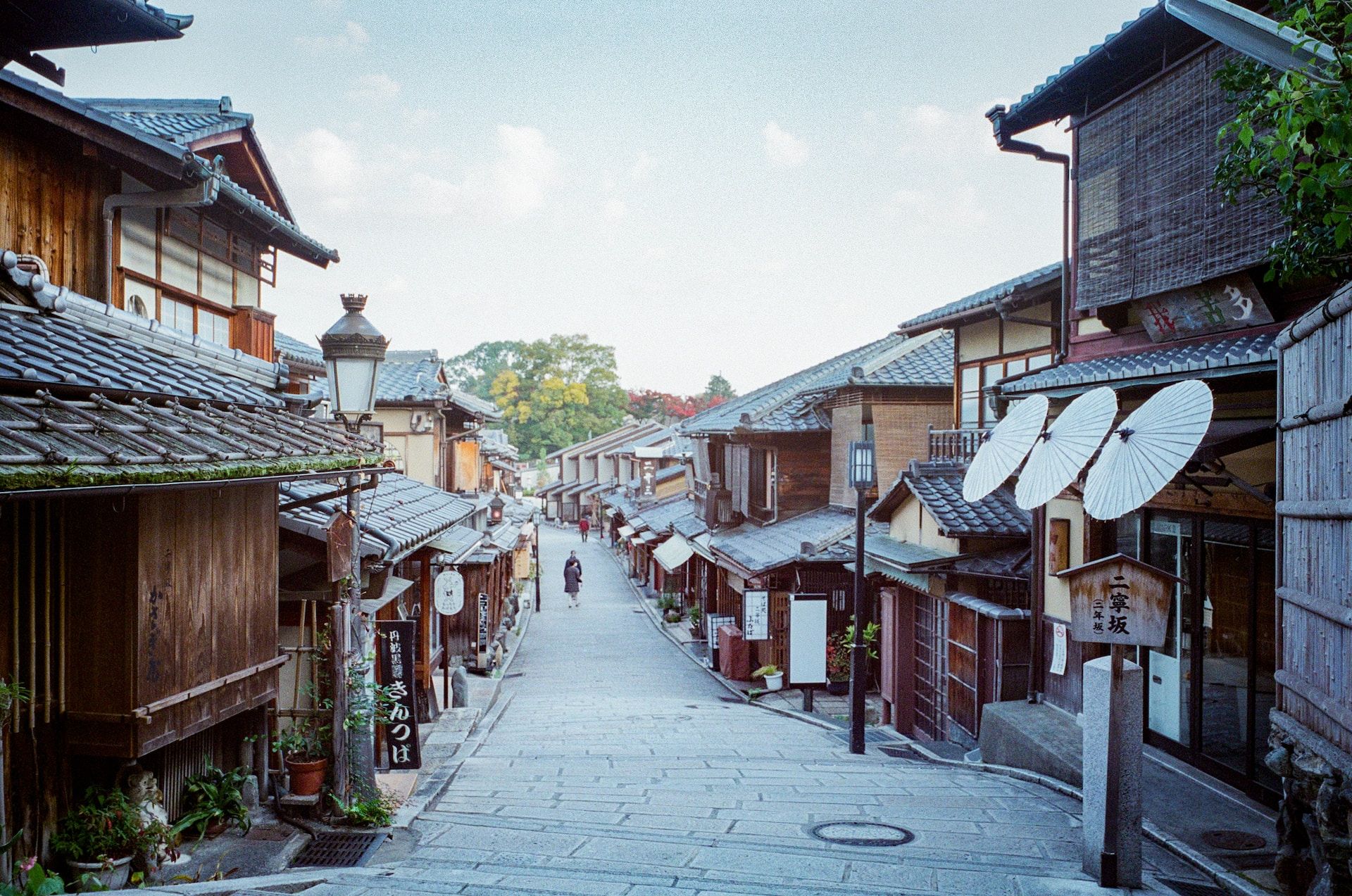
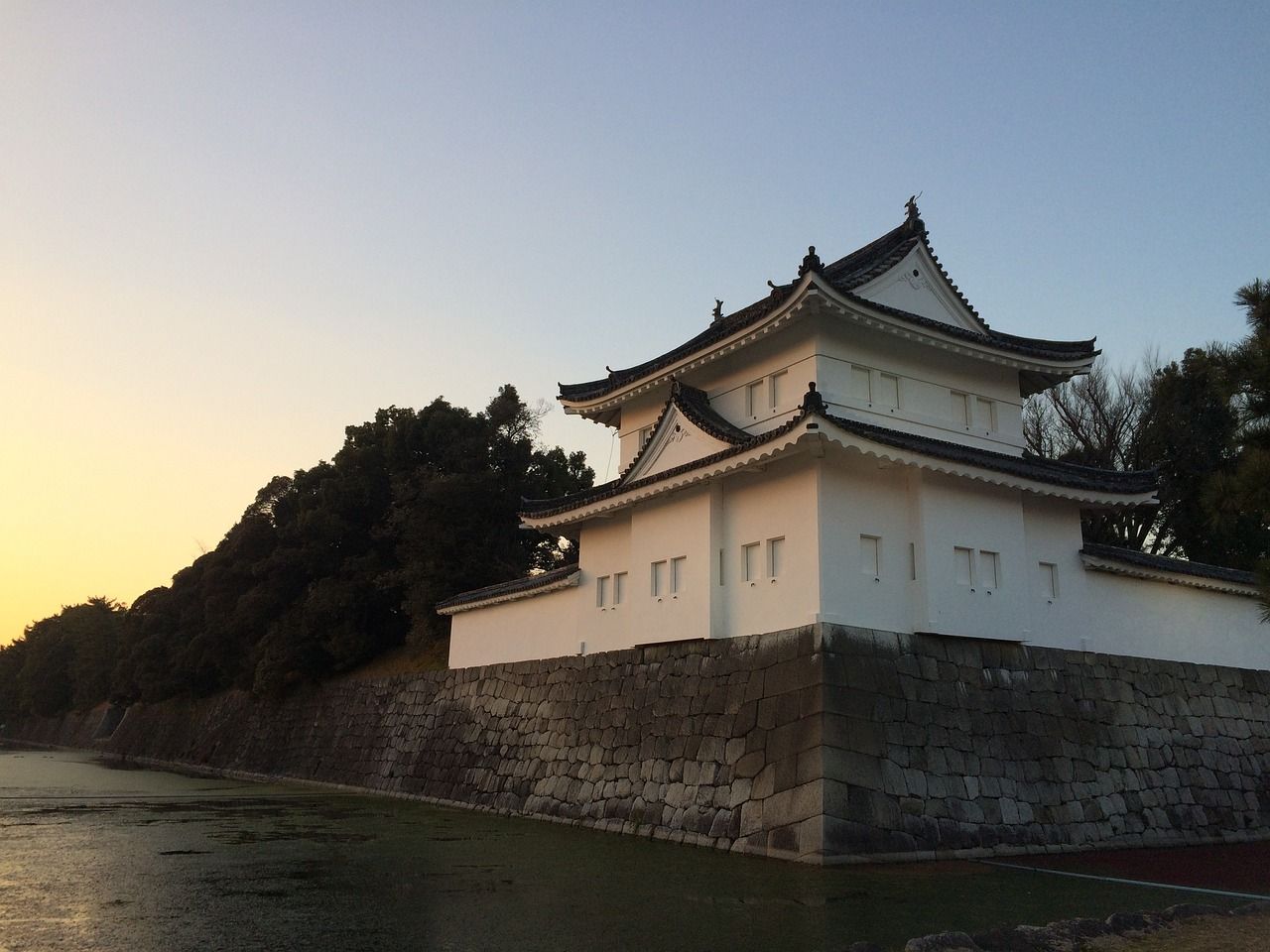
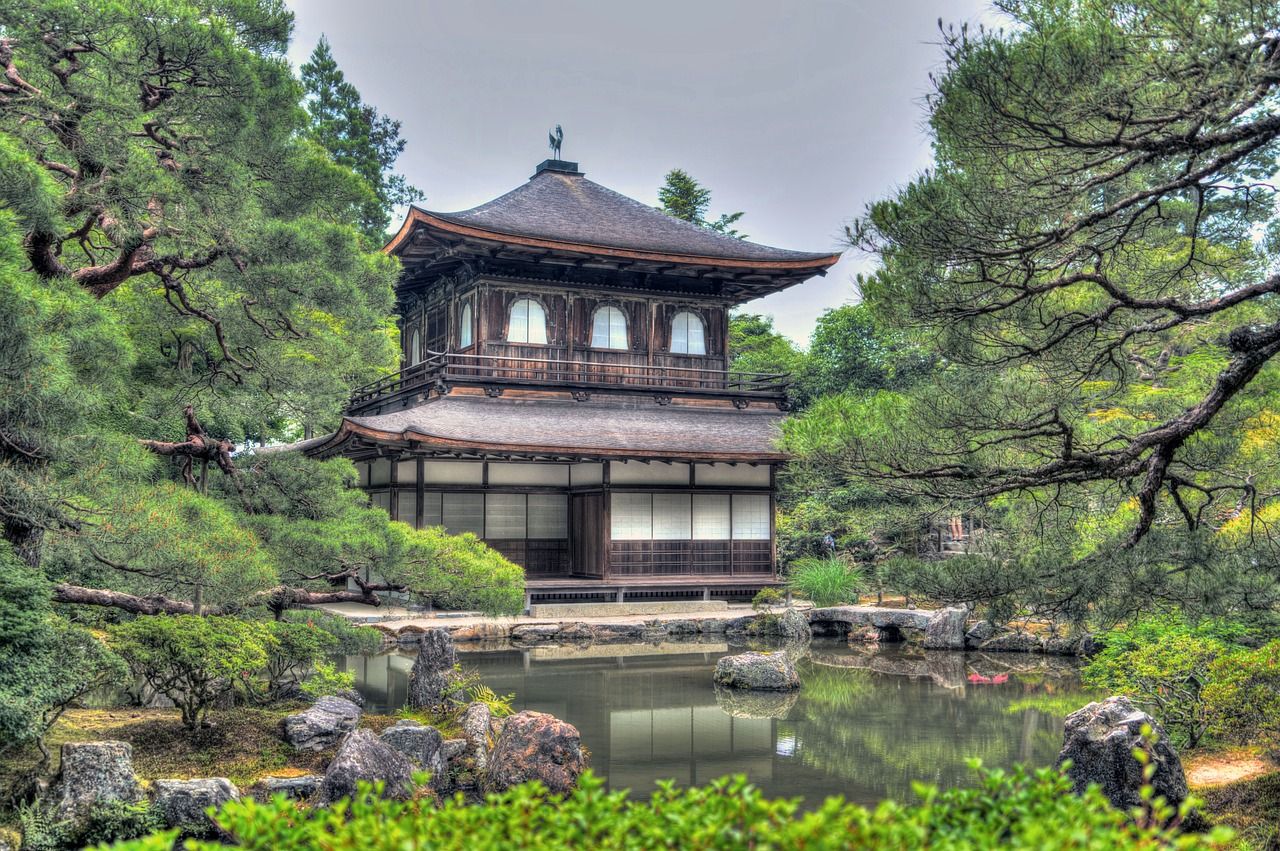


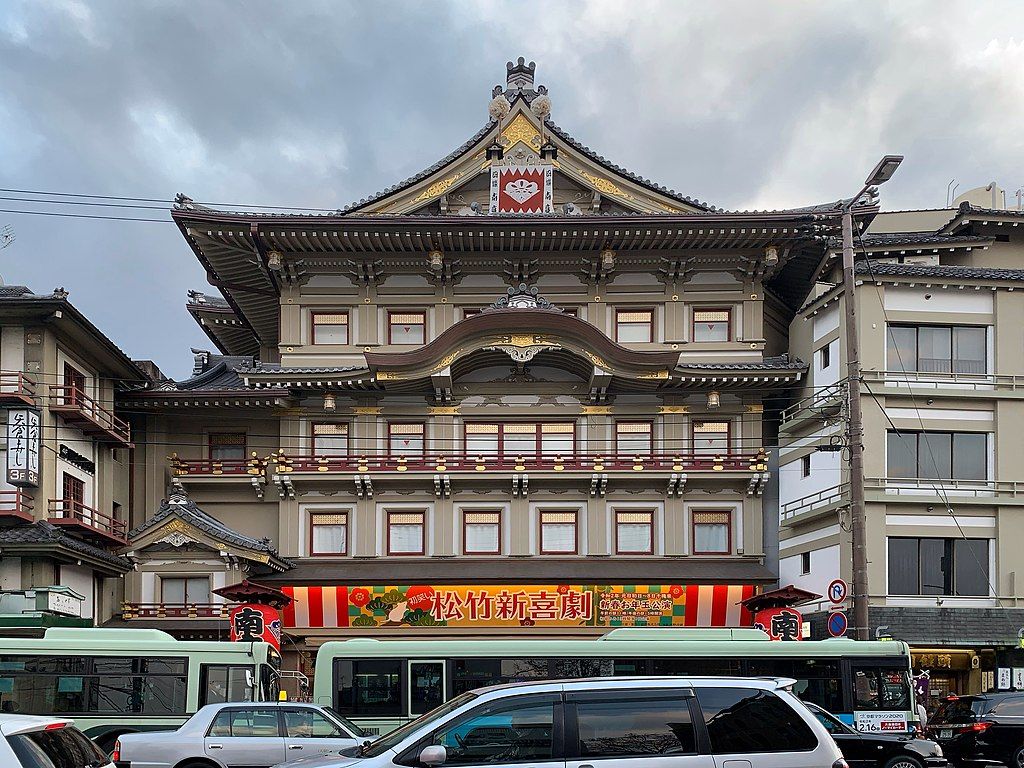


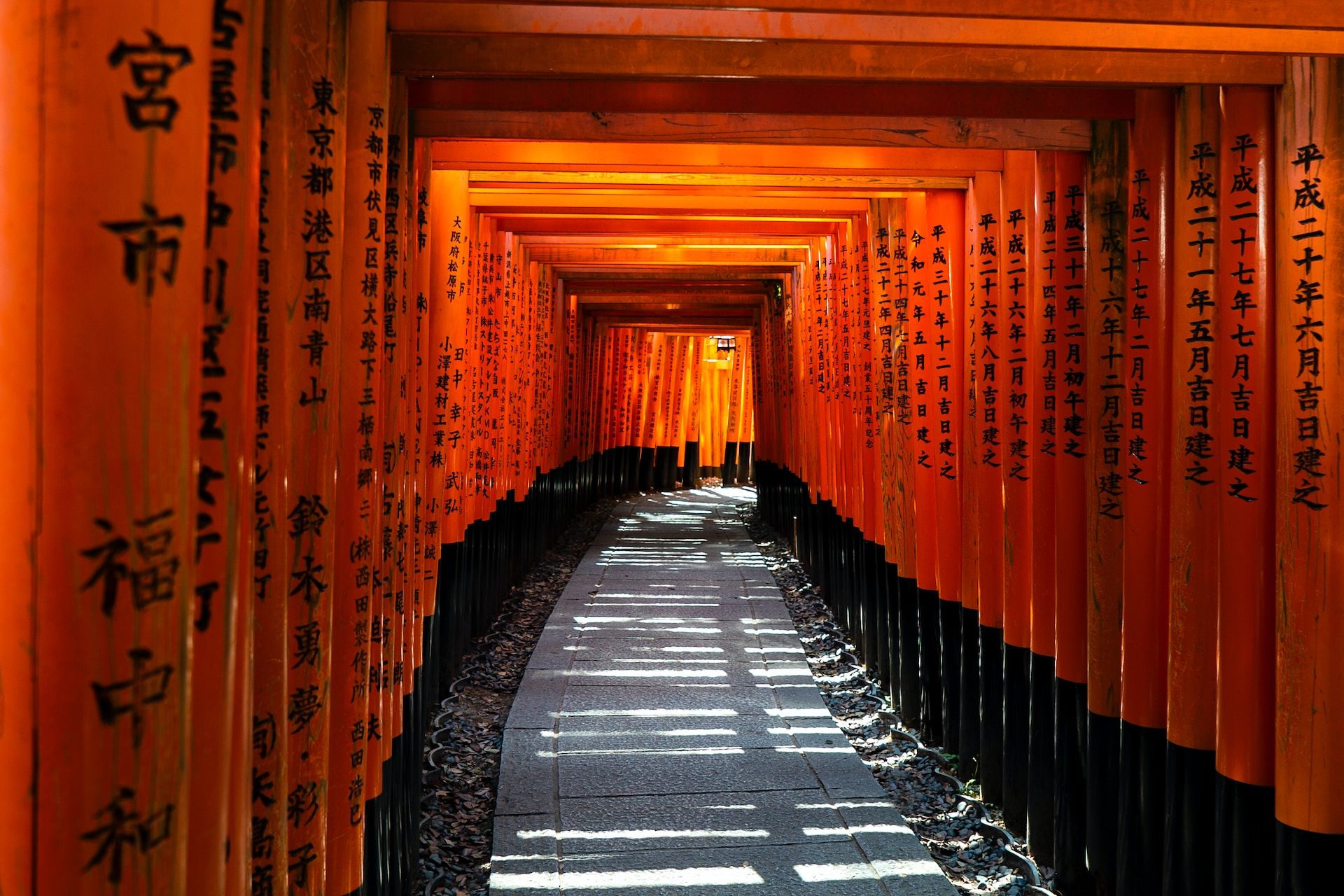
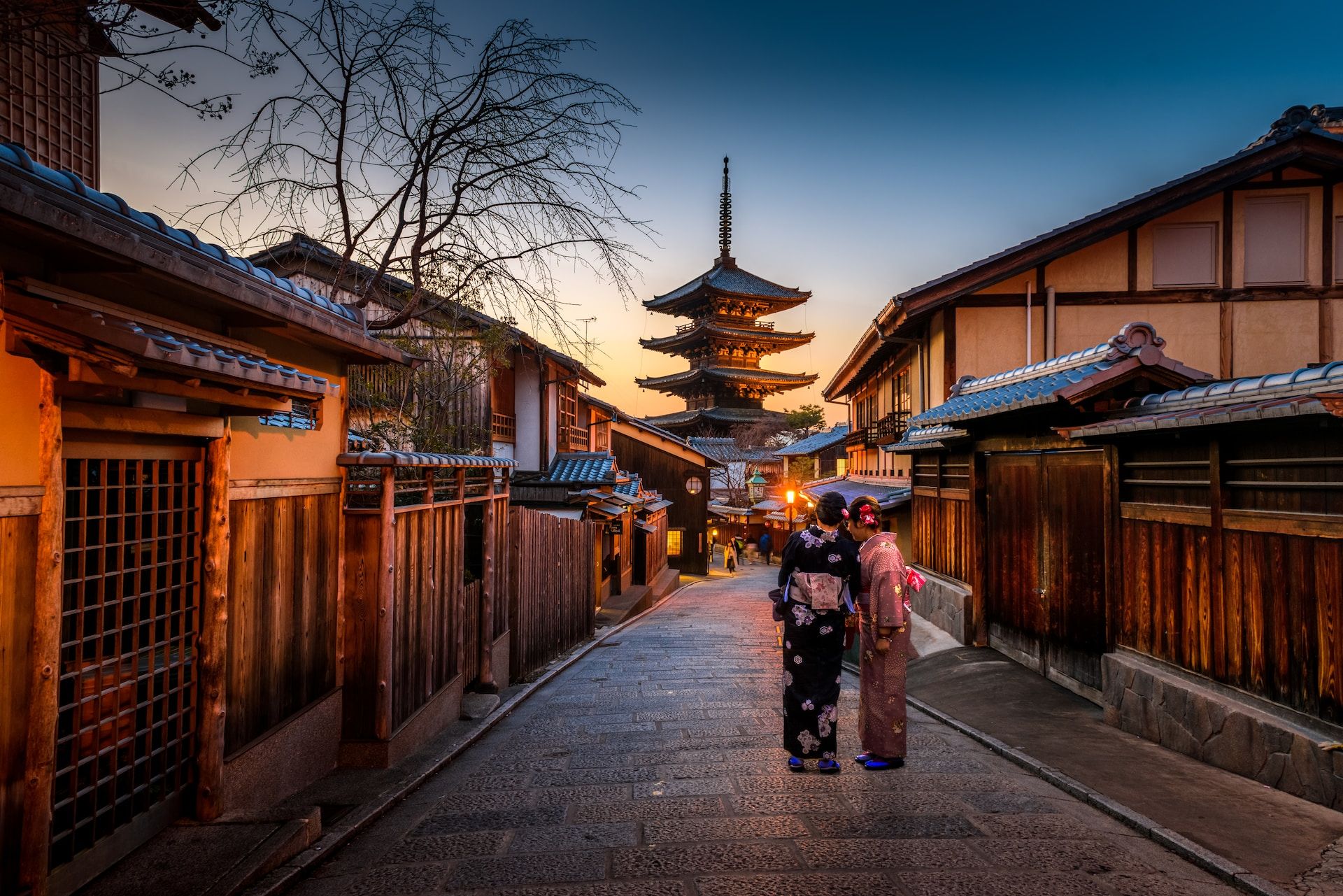
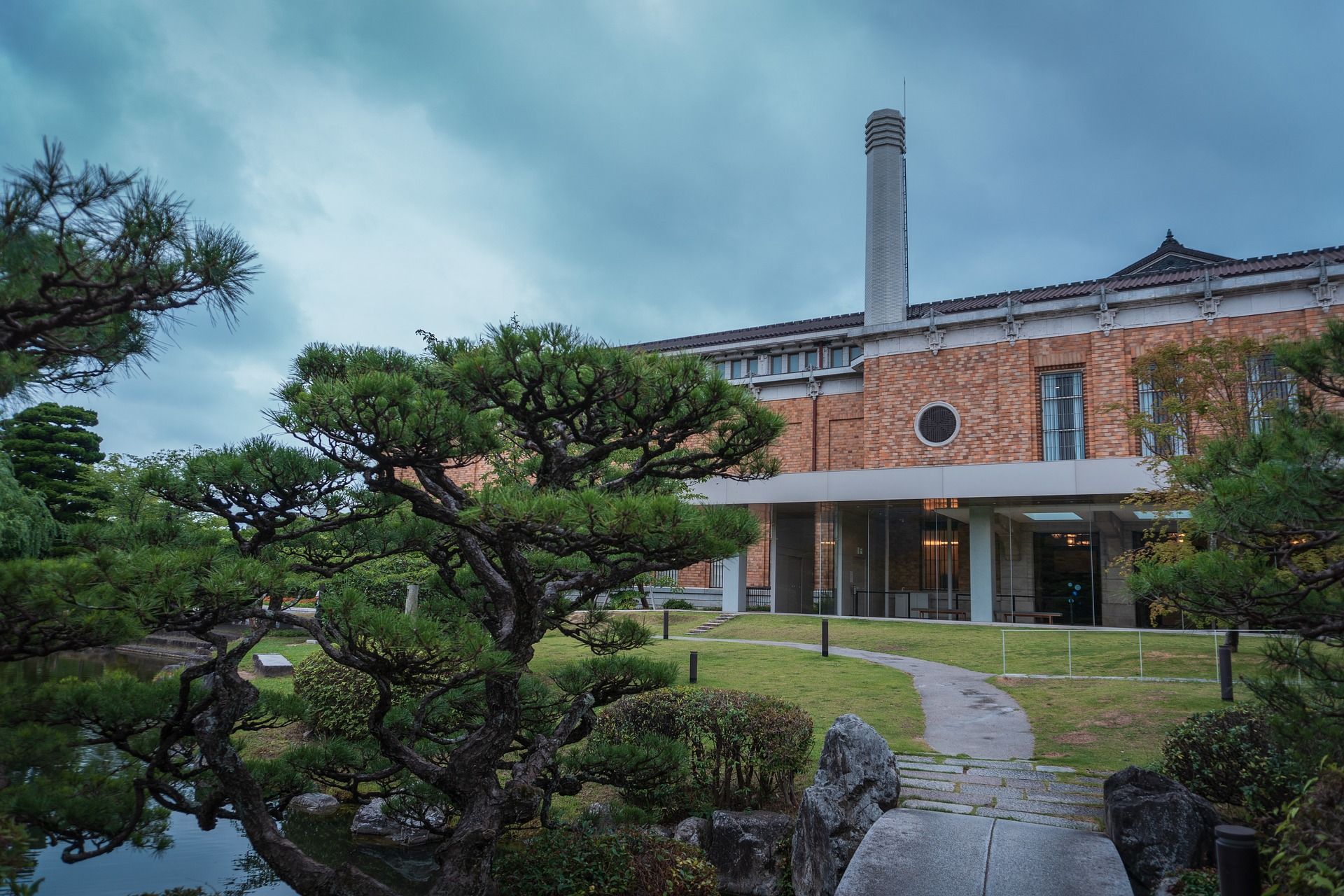

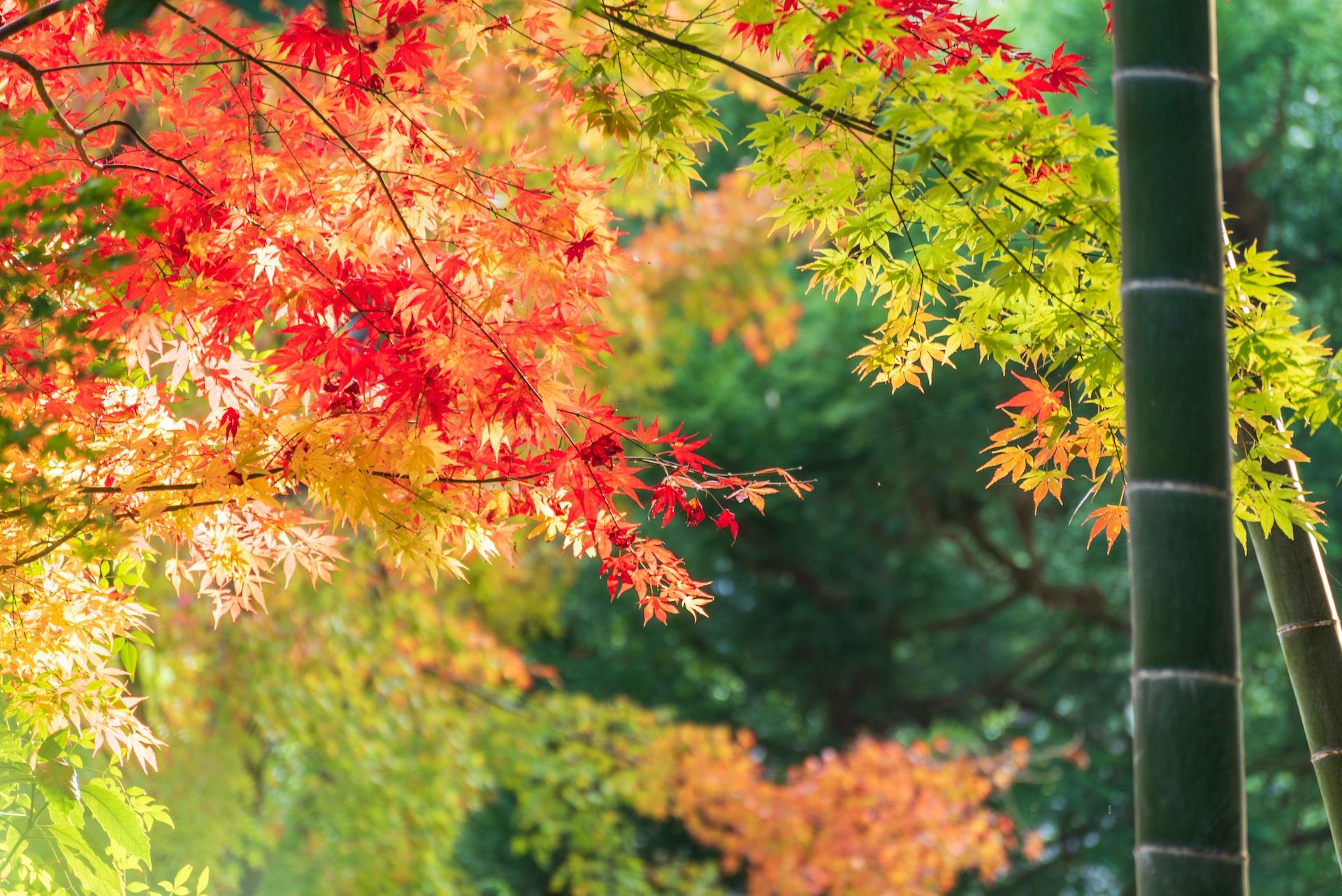
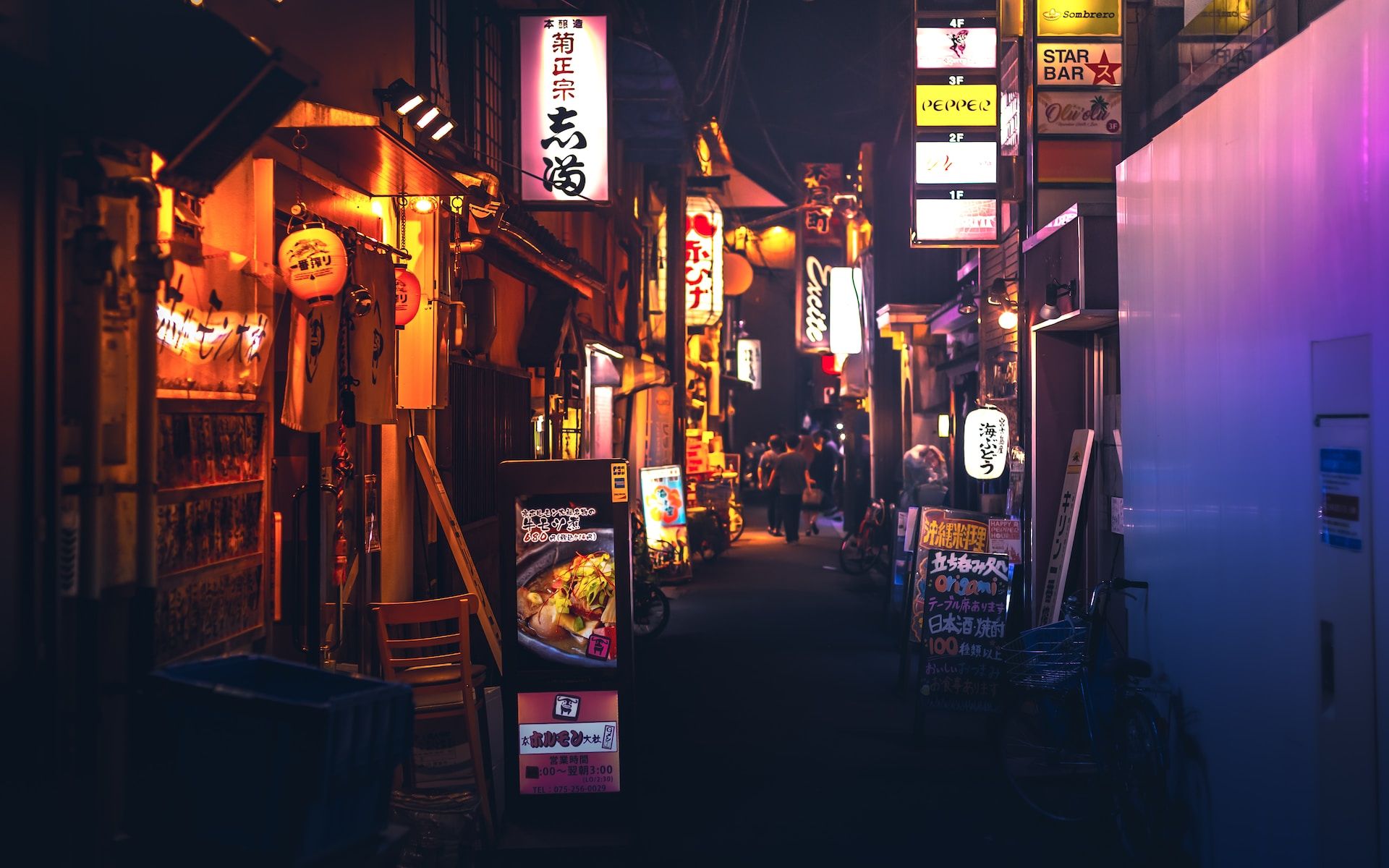

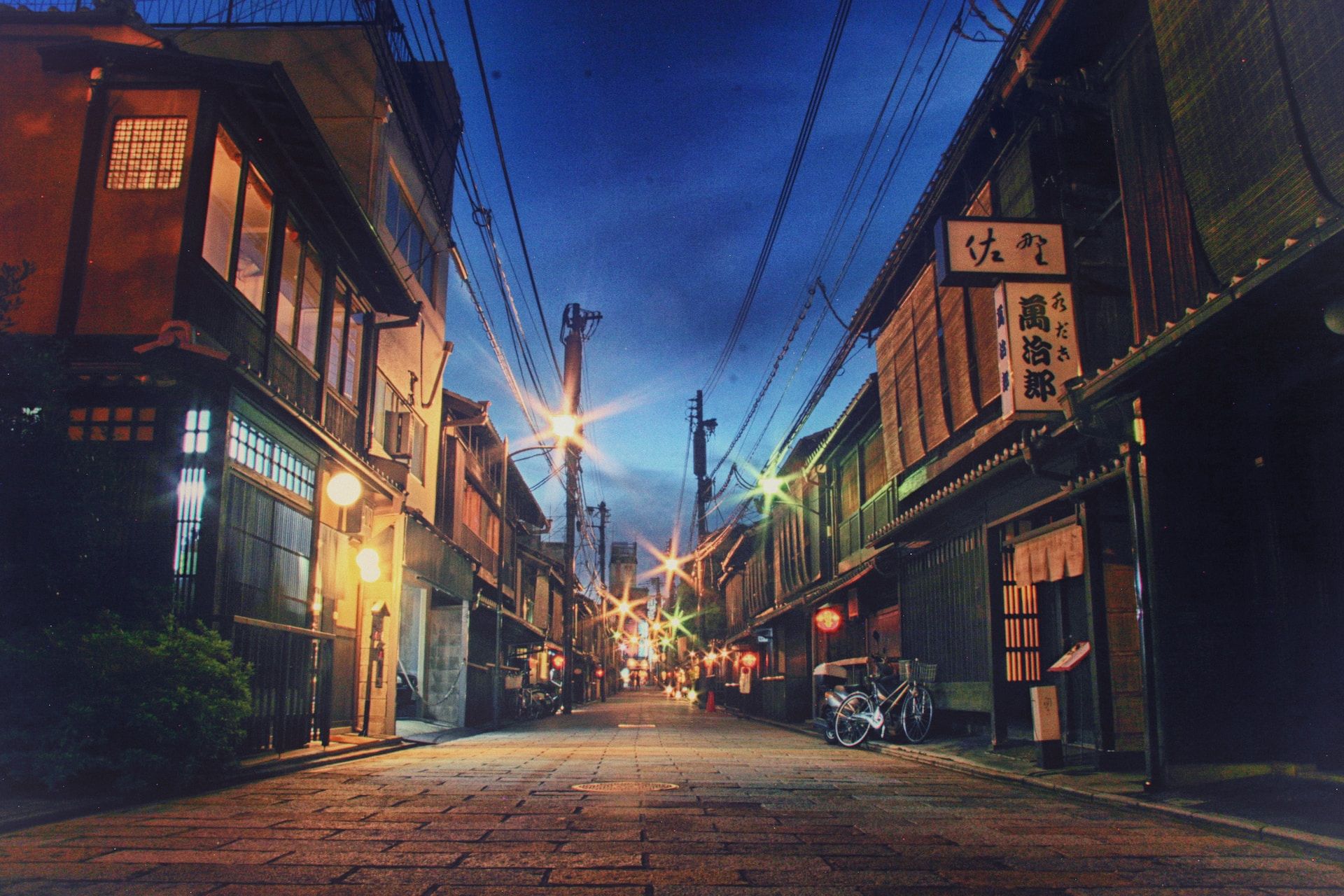



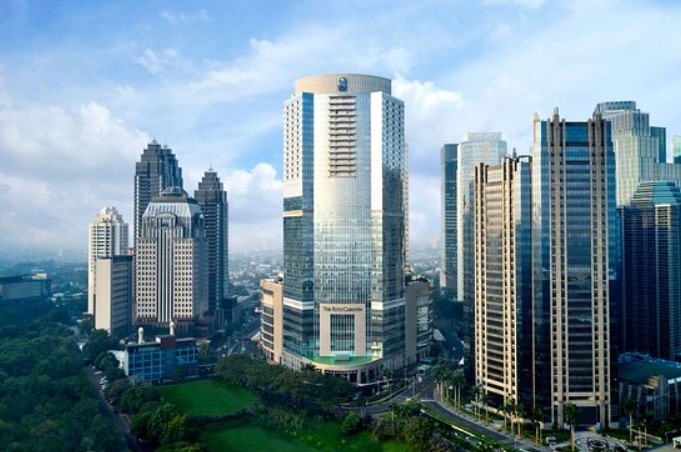


More Stories
Exploring the “Otaku Island” of Enoshima
Japan eases travel with eVisas
Should you visit Japan or South Korea?